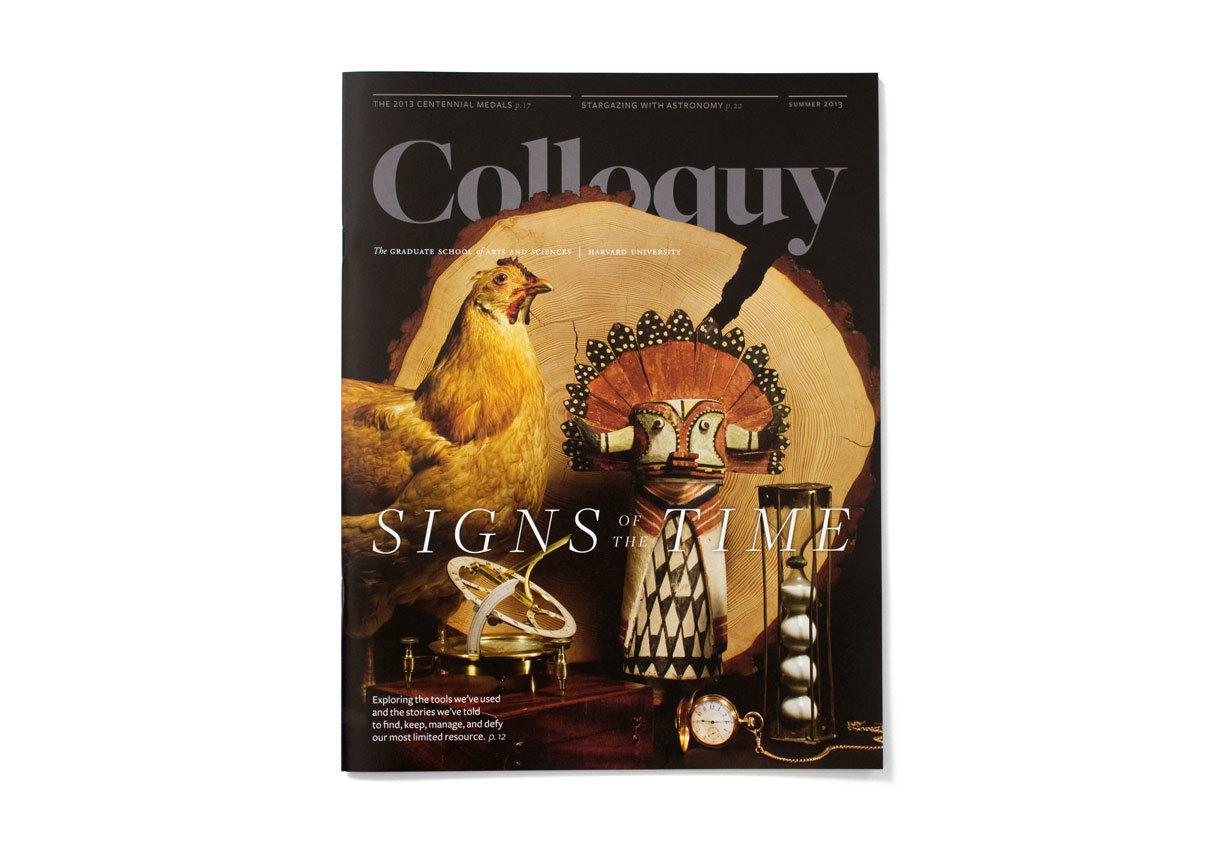Creative Careers: Fritz Klaetke
In December 2012, Fritz Klaetke (BFA ‘88) was nominated for a Grammy Award for his design of the Smithsonian Folkways Recordings’ boxed set, Woody at 100: The Woody Guthrie Centennial Collection.
The story of how a Boston graphic designer and Stamps alum came to compete against the designers of the Rolling Stone’s Some Girls re-release and Ram, the Paul McCartney Archive Collection, began in Detroit, and culminated in Boston, at Klaetke’s firm, Visual Dialogue.

According to Fritz, his design education began at birth. His father was an architect and partner of Klaetke + Marino Architects, and his mother was a painter. Fritz and his family were among the first residents of Lafayette Park, the legendary Modernist neighborhood on Detroit’s east side designed by Mies van der Rohe.
An alum of Detroit’s celebrated public high school, Cass Tech, Fritz recalls participating in a large and varied art program where he took classes in figure drawing and jewelry, before enrolling in what was then called, “commercial art.” On the first day of class, his teacher responded to a recent Tylenol poisoning scare by asking the class to create a design that maintained the product’s history and brand equity while assuring the public that the product was now safe. With this real world connection, Fritz was hooked. He saw the practical as well as visual implications that go into solving real world problems.
Knowing as early as high school that he wanted to continue this work gave him a focus and a goal. He admits that although he didn’t know a lot about art schools, he found what he was looking for at Stamps — a cross disciplinary environment where he could search out and find great opportunities.
Back then, Fritz describes the graphic design program as “a variation on Swiss design—grids... a strict hierarchy using only the 5 typefaces.” Among the memorable faculty was Doug Hesseltine — who ran his own firm at the time, and who made it a point to educate students on how the business of design worked.
Fritz was also fortunate to have the revelatory influences that came from Ed MacDonald and Bill Deere, visiting faculty from Cranbrook, whose teaching opened up the world, bringing influences from contemporary Dutch design that were decidedly off grid. Their ideas and impact came just at the right time for Fritz who, along with classmate Paul Montie, wanted to bring their work into the community.
Together, Fritz and Paul created all the marketing materials for Eclipse Jazz, a presenting organization that brought music to U-M, and each started working as interns for designers in the Ann Arbor area, where they learned about getting things done in the real world. While still students, Fritz and Paul thought they could start their own business. Visual Dialogue was conceived while they were in school. “It was precariously simple,” Fritz recounts. “We seemed to just go downtown, raise our right hand, pay 15 dollars, and we were a business.” The two also figured out how to get school credit for starting a business as an independent study.
Within a short time, Visual Dialogue won a poster competition for a Frank Lloyd Wright symposium sponsored by Domino’s Pizza, which led to a very unlikely sculpture commission. Responding to a call from Domino’s, Visual Dialogue was selected to design and create a figurative sculpture for the Coaches’ Choice Player of the Year, sponsored by Domino’s. With help and input from Stamps professor, Lou Marinaro, the duo generated a presentation, and navigated the bidding process, commission and copyright.

Using the funding from the Domino’s commission, Fritz and Paul travelled to the Netherlands to research a book project on contemporary Dutch graphic design. Around the same time, he and Paul each decided to move to Boston. Fritz was prepared to give it six months. But as soon as they arrived, Visual Dialogue got clients such as Dance Umbrella and ArtsBoston. Roughly a year into their Boston practice, Paul left the partnership to pursue a thriving independent practice.
Today, Fritz, his partner Susan Batista and their daughter live and work in a converted row house in Boston’s South End. Visual Dialogue has always been dedicated to remaining small, Fritz explains, “I couldn’t stand going to meetings all day — I got into this work for design, and that’s where I want to put my energies.”
Visual Dialogue has recently increased their advertising assignments, in addition to the work they do for branding, websites, and publications.
The firm’s projects include the alumni magazine for Harvard University Graduate School of Arts and Sciences, a website for the Innovation and Design Building, print and online branding for Barbara Lynch and Himmel Hospitality restaurant groups, campaigns for Boston cultural anchors such as the ICA and the Gardner Museums, an Instagram-based campaign for the City of Cambridge, and the “Turn it Around” campaign focused on substance abuse prevention, in partnership with Massachusetts General Hospital in Charlestown.

Oh... and Fritz won the Grammy.